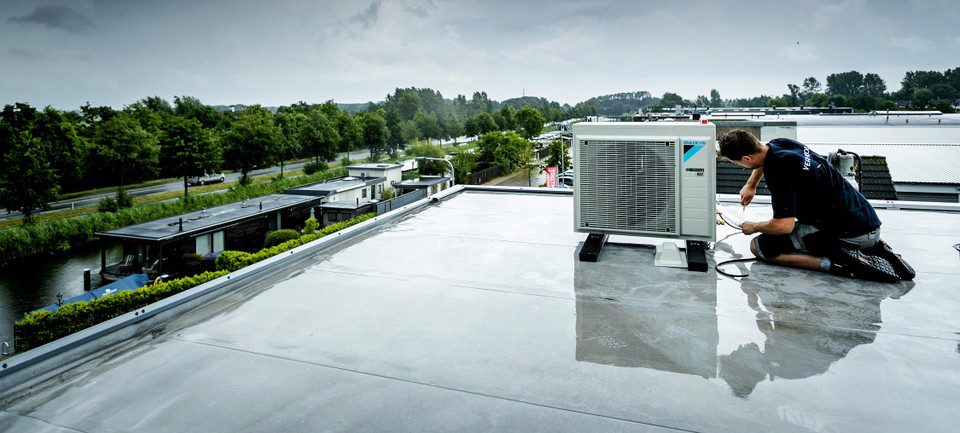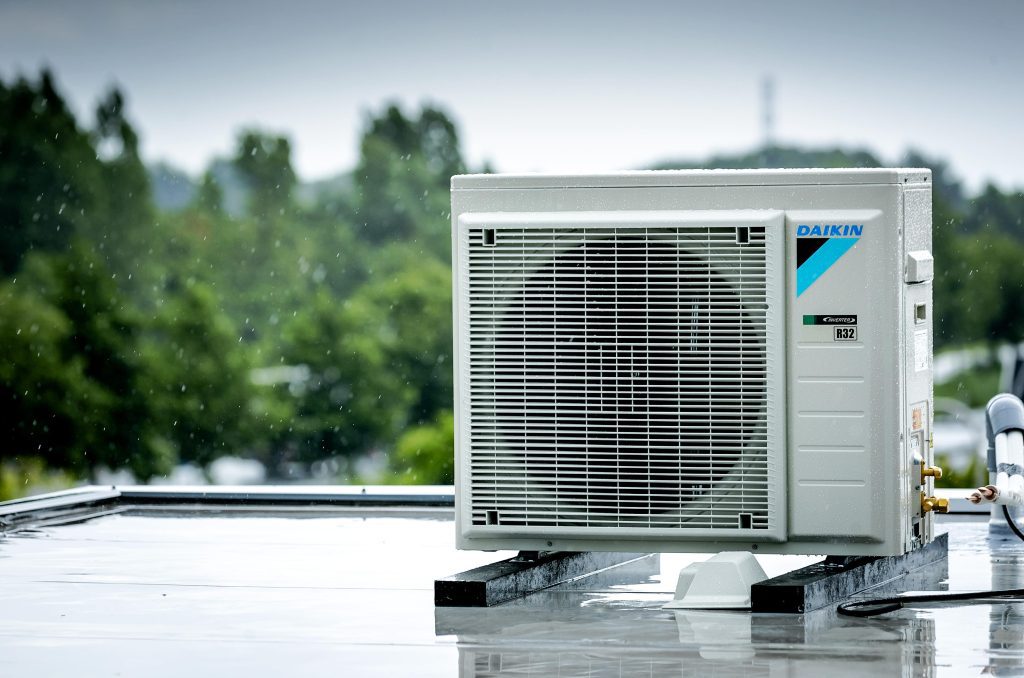It’s a diabolical dilemma: global warming means more people need air conditioning. And as more energy-consuming air conditioners are used, the planet is heating up faster.
And not just a little bit. The number of air conditioners is expected to nearly triple to 4.5 billion by 2050. All of these devices together could be responsible for an additional half-degree of temperature increase by the end of this century.
The problem is that cooling is not a luxury. This isn’t about people who turn on the air conditioner in their homes at temperatures over 25°C to get a nice breeze – there are many of those, by the way. No, cooling is an absolute must for people who are increasingly faced with days when it’s warmer than body temperature outside and barely cooling at night, especially if accompanied by extreme humidity. In warm, moist air, the body is no longer able to lose heat naturally through sweating.
international distribution
The rapid growth in the number of air conditioners is not only fueled by warming and the number of heat waves. It is also becoming more popular as more people can buy such a device. Of the three billion people in the hottest places on the planet, only 8 percent have air conditioning — compared to 90 percent of all households in Japan and the United States. That will change soon. It is expected that 1.1 billion air conditioners will be sold in India alone by the middle of the century. The middle class in these types of emerging economies can often buy a device.
This new middle class lives mainly in the cities, where the warming actually feels faster than in the countryside. All urban air conditioners combined together have an instant warming effect. The device can supply cold air only if it can get rid of warm air elsewhere. Where many air conditioners are located together, the ambient temperature easily rises by more than one degree Celsius.
(text continues below image)
© Photo: ANP / Robin van Lonkhuijsen
In recent years, concerns have been growing about the rapid increase in the number of air conditioners. In 2018, Fatih Birol, director of the International Energy Agency (IEA), described the growing demand for air conditioners as “one of the most dangerous blind spots in the current energy debate”. He said that after the study was published The future of cooling. The International Energy Agency said that if quick action is not taken, annual energy consumption could reach 6,200 TWh. This is equivalent to running 6,200 billion vacuum cleaners for an hour.
coolant
And because air conditioners have been a blind spot, they have also escaped the attention of policy makers. There are hardly any hardware efficiency requirements. Most of them work on technology developed in 1902 by American engineer Willis Carrier for a printer in New York. Devise a device to reduce the humidity in the building. In the summer it can be so humid that the paper expands and contracts again. Since color printing was a long process, where different colors were applied one by one, things often went wrong.
Carrier devised a device that uses coolant to circulate between two metal coils, one inside and one outside. Inside, the refrigerant evaporates, extracting heat from space, outside the gas condenses back into a liquid, causing its heat to be released. The cold coil also ensures that moisture is extracted from the room, just like water condenses on cold glass. At the other end, this water evaporates.
This whole process, with the expansion tank and pressure tank to circulate the coolant and fans to blow cold air in and warm air out, is energy consuming. but that is not all. The refrigerant used, usually hydrofluorocarbon (HFC), is a highly potent greenhouse gas—depending on the species, 250 to 12,000 times more powerful than carbon dioxide. If nothing is done about this quickly, according to a calculation by the Regional Environmental Management Institute, HFCs will be responsible for 10 percent of all climate change by 2050.
(text continues below image)

© Photo: ANP / Robin van Lonkhuijsen
The sad thing is that these HFCs are used precisely because old refrigerants, compounds that also contain chlorine atoms (CFCs), have ripped the ozone layer to shreds. An agreement was reached in Montreal in 1987 to ban CFCs entirely – and the Montreal Protocol is still considered one of the most successful international environmental agreements of all time. But replacing CFCs with HFCs has been shown to replace an acute problem with a long-term problem.
Few alternatives According to Clark Pollard, professor emeritus at the University of Illinois, there are few alternatives to HFCs. “We don’t want them to be combustible. We don’t want them to be toxic,” he said in an interview on the website. Scientific American. We want them to have a certain boiling point. It should not be very viscous, because then it takes more energy to pump it. And they should definitely not damage the ozone layer or warm the planet.” Then there weren’t many options left.
Kigali Edit
Hopes have been pinned on the Kigali Amendment, the 2016 addition to the Montreal Protocol. In that amendment, the signatories agreed to phase out HFCs as well, but not as quickly as with CFCs. The goal is to reduce the amount by 80 percent by 2047.
But even if all HFCs can be replaced, there are still more than one and a half billion devices that will leak more coolant with age. which at the end of its life must be demolished very carefully to collect and process all the liquid.
There is also a lot to be gained with air conditioners that do not use alternative refrigerants. Although the industry mainly competes on price – especially in poorer countries – and not much is done about innovation, the most efficient air conditioning uses less than half the energy of the average appliance. This requires stricter standards for air conditioners around the world — and financial aid so that people in developing countries, too, can pay for it.
The World Economic Forum (WEF) Innovative Air Conditioning Competition in 2019 with a number of environmental and development organizations shows what can be achieved by modernizing technology. If Indians able to buy an air conditioner in the coming years choose one of the two updated models, the country could save $380 billion in costs and achieve 40 percent of its climate goals, according to the World Economic Forum.

“Total coffee specialist. Hardcore reader. Incurable music scholar. Web guru. Freelance troublemaker. Problem solver. Travel trailblazer.”






More Stories
“There is no scientific evidence for strict fertilizer standards in the Netherlands.”
Astronomers have discovered a new molecule in space. And it's very special
Will it soon be possible to freeze humans and then thaw them again?